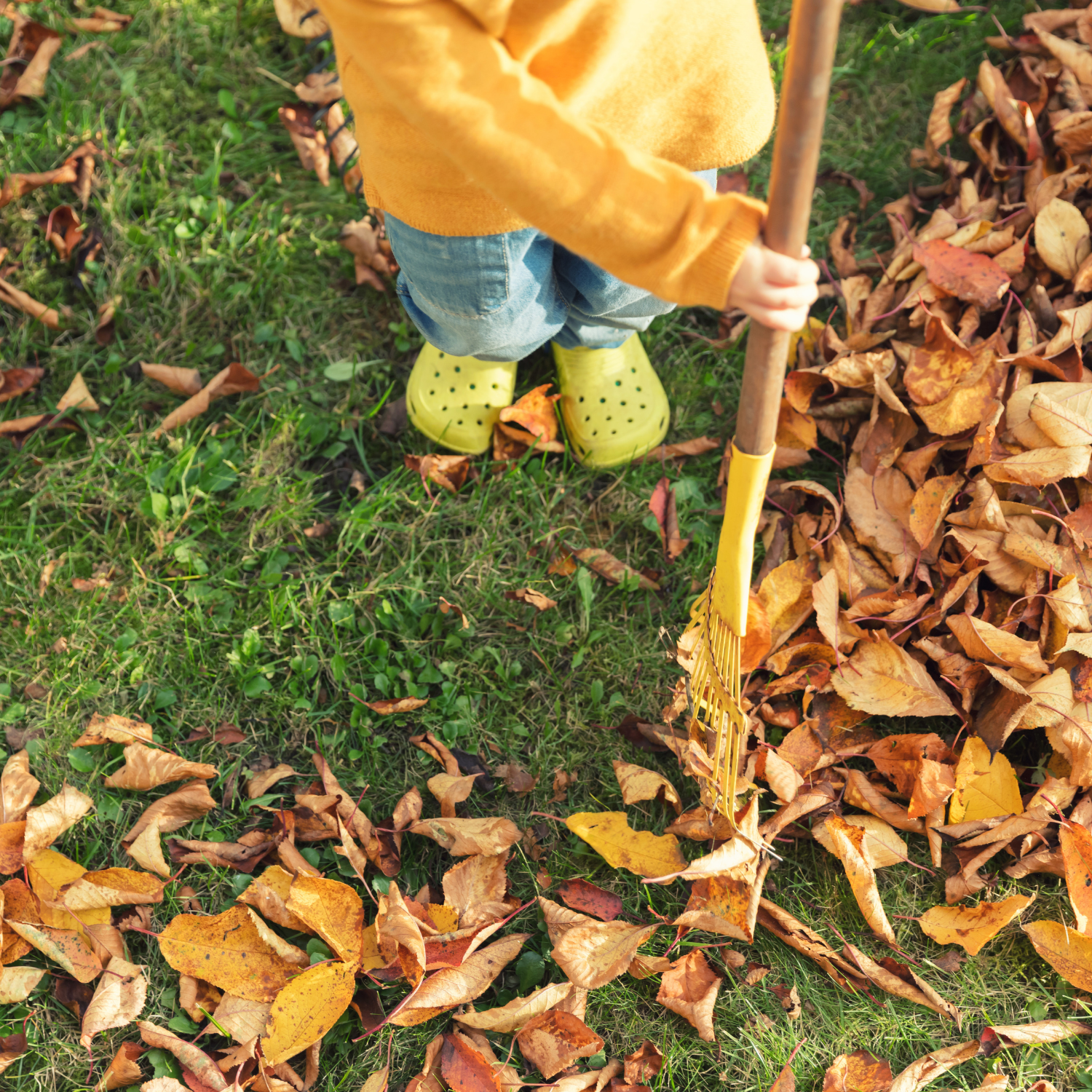
It’s that time again, the leaves are changing, the air is crisper, talks of pumpkin everything is going around and your garden is…a mess. The end of the garden season always makes me a little sad but, it is nice not to have all the gardening chores for a little while. While it may be hard to muster up the energy to put your garden to bed for the winter, it is something you don’t want to skip. Come spring, having fresh, no old plants, healthy soil, ready to plant in the garden will be so nice and worth the last bit of effort for the season. Read on for tips on fall garden prep.
This post may contain affiliate links, as an Amazon Associate I earn from qualifying purchases, this is at no extra cost to you
Fall Garden Prep: Remove all Dead and Dying Plants
Once you have collected your final harvest or once a freeze hits you will want to remove all old plants. These plants will continue to suck nutrients out of your soil, leaving it dried out and unhealthy for planting. Leaving these plants for the winter can also lead to diseases and fungus growing in your soil and spreading to next year’s crop. No good. When you remove your old crops, if they are disease and pest-free throw them into the compost bin, they will contribute to the next season by becoming compost and soil once they are broken down. To learn how to make your own compost read, Composting Made Easy: A Beginner’s Step-by-Step Guide.
Get a Soil Test
This is one chore that I admittedly often skip. But, I shouldn’t. Do as I say not as I do. Getting your soil tested will let you know if you need to amend your soil with lime, fertilizer, or other amendments for next season’s crops. You can find soil test kits on Amazon or your local garden center.
Plant Garlic in the Fall
Plant your garlic bulbs in a garden section that did not contain alliums that season, 6-8 weeks before the first frost date, usually in September. Follow planting instructions, which usually involve planting about 4 inches deep every 6 inches. They will go dormant for the winter but, will give you bigger garlic cloves next summer as opposed to garlic planted in the spring. Make sure to work in lots of good compost to supply them with the nutrients they need and cover with a good amount of mulch.
Add Compost and Mulch
One of the final chores you will do for fall garden prep is adding finished compost and mulch to your garden beds. You will want to add in a couple of inches of compost, this will help revive and give life to your soil after the long summer growing season. This will also make your garden beds ready for planting in the spring. You will then add a thin layer of mulch to protect your soil, you do not want a thick layer that completely insulates your soil and this is because the winter temperatures kill a lot of pests and diseases.
Plant Spring-Blooming Flower Bulbs
Read, Fall Bulb Planting For Spring Blooms for tips on planting these bulbs. This is the time you want to get all those beautiful spring-blooming bulbs in the ground. Flowers such as tulips, daffodils, and irises are planted in the fall to greet you when the spring comes. You will want to add a fresh layer of compost or soil and a layer of mulch over them once planted. They will go dormant for the winter and come up in early spring. This is always my favorite thing about spring, it’s like a nice little surprise. Also, check out Fall Lawn Care You Need to Be Doing.
Prune and Trim
Pruning and trimming your plants is essential to maintaining their health and promoting new growth in the coming season. Start by removing any dead or diseased branches, as well as any overgrown or tangled growth that may inhibit the plant’s overall health. By pruning back your plants now, you can help them conserve energy and focus on strengthening their root systems for the winter ahead. Additionally, trimming back any overgrown areas will prevent overcrowding and promote better air circulation, reducing the risk of mold and disease. Once you have pruned and trimmed your plants, you can move on to the next step of mulching and fertilizing to help nourish and protect your garden throughout the winter months.
Winterize Tools and Equipment
While the focus may be on preparing the garden for winter, it’s important not to overlook the tools and equipment that have served us well throughout the growing season. To ensure they are ready for the next planting season, take the time to winterize them properly. Start by cleaning all tools, removing any dirt or debris that may have accumulated. Sharpen blades, oil metal parts to prevent rust, and store them in a dry, sheltered area to protect them from the harsh winter elements. By taking care of your tools now, you’ll be setting yourself up for success when spring arrives and it’s time to get back into the garden. So, don’t forget to include winterizing your tools and equipment as part of your fall garden checklist.

Share this:
- Click to share on Facebook (Opens in new window) Facebook
- Click to email a link to a friend (Opens in new window) Email
- Click to share on Reddit (Opens in new window) Reddit
- Click to share on Tumblr (Opens in new window) Tumblr
- Click to share on Pinterest (Opens in new window) Pinterest
- Click to share on WhatsApp (Opens in new window) WhatsApp
